Shaz Dagg, 56, North Island, New Zealand shares her remarkable story:
I pushed hard at the gate.
“Crikey it’s windy,” I muttered.
I worked as a farm hand on a goat farm.
Suddenly a powerful gust picked me up off my feet, along with the gate, and slammed me against a post.
My left arm got totally crushed between the post and the gate.
When I finally managed to free my arm, it was hanging limply by my side, twisted into a freakish v-shape. I was in shock.
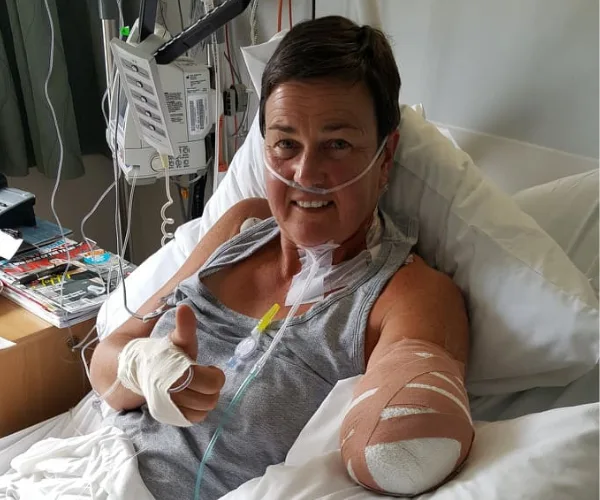
Me in hospital after the operation.
(Image: Supplied)My co-workers called an ambulance. Adrenaline kept me from feeling anything.
At hospital, I was told two bones of my forearm had completely snapped.
Over the next 11 days, I had nine different operations but a gaping hole in my arm couldn’t be closed.
Months passed and I started to lose muscle mass.
After a while, the arm lost function.
If I tried to hug my granddaughter Alicia, seven, it hung limply at my side.
“I want this off,” I said to my husband, Owen.
His face blanched.
“No way,” he replied.
But after months of discussions with surgeons, I had it amputated above my elbow, two years after the accident.
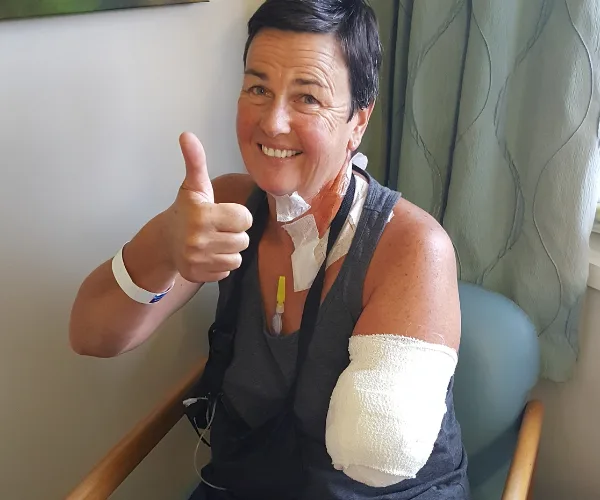
I don’t regret having my arm removed.
(Image: Supplied)Back home after the operation, everything was a challenge – putting toothpaste on my toothbrush, shaving my underarms or tearing off a sheet of toilet paper on the loo.
Owen tried to help me with things, but I wanted to be independent.
I called my left arm ‘Stumpy’ and found ways to adapt.
I learnt to squirt toothpaste into my mouth. I developed a technique of yanking the toilet paper without it all spooling onto the floor. I even worked out how to shave my underarms.
“Nanna can do anything,” Alicia said proudly.
The one thing I really wanted to do, though, was get back into sport.
Before my accident, I’d competed in Ironman challenges.
But since the operation I was in constant pain and very weak.
I figured getting active would aid my recovery, so I started going to the gym.
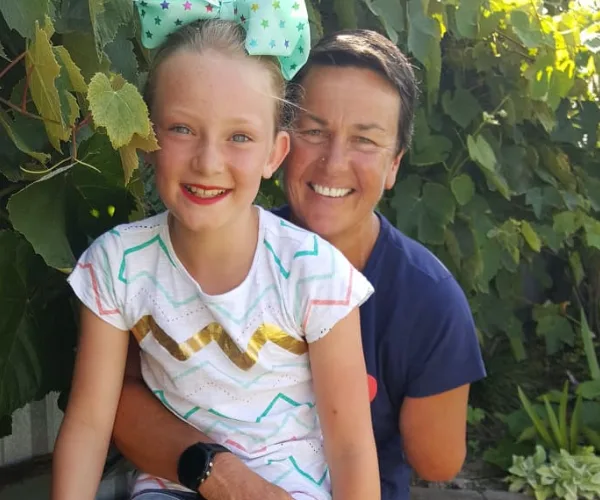
Me and my beautiful granddaughter Alicia.
(Image: Supplied)One day, I asked Owen to come to the pool with me. I wasn’t sure if I’d sink or swim in circles with my one wing.
My right arm could make the moves, but when I tried to swim with Stumpy there was no forward motion.
I kept going, though, and managed to get to the end of the 25m lane.
“You did it,” Owen said.
I meant it, too.
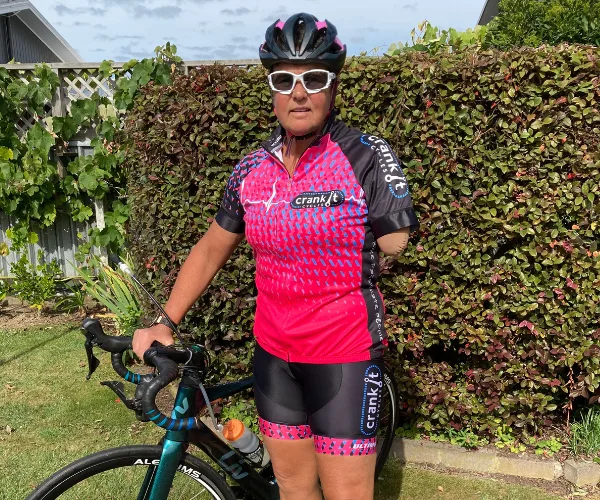
I learnt to balance a bike one-handed.
(Image: Supplied)I learnt how to balance the bike with one arm and started running again.
Within a year, I became New Zealand’s first elite paratriathlete, winning silver medals at the Paratriathlon World Cup and Oceania Championships.
I began encouraging youth with physical disabilities to get into parasports.
That’s when I decided to do New Zealand’s toughest event, the Coast to Coast.
All up, competitors run for 36km, cycle for 140km and kayak for 70km from Kumara Beach on the South Island’s West Coast to Christchurch’s New Brighton Beach.
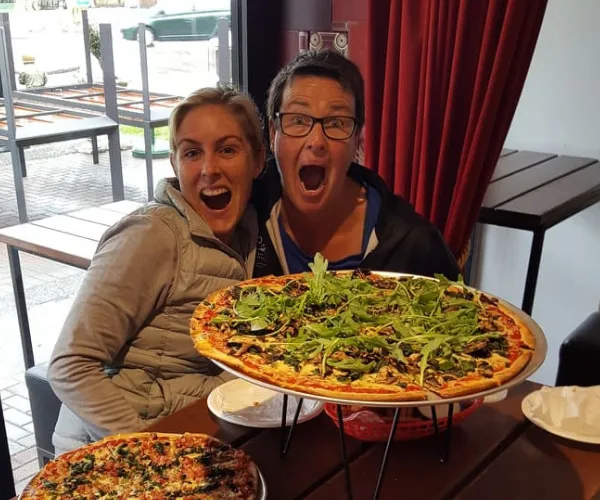
With my coach Tammy Reed.
(Image: Supplied)“If I do this, I’ll be the first female amputee to complete the race,” I told Owen.
“But you’ve never kayaked before,” he replied.
“Yes, but I’d like to try,” I said.
The organisers ruled that I had to complete the kayak leg in tandem with another paddler so I asked a local kayak club to help me.
Brett, 34, had completed the Coast to Coast four times before and he agreed to become my training mate.
First, we needed to work out how I’d hold a paddle with my prosthetic arm.
Together with the Peke Waihanga Artificial Limb Service, Brett, who was a plumber, managed to fashion a device to keep the kayak paddle connected to me.
“You don’t let anything stop you,” a lady at the limb centre said to me in awe. “You should be called Limb-it-less Shaz.”
The name stuck.
Brett and I trained hard over the next six months.
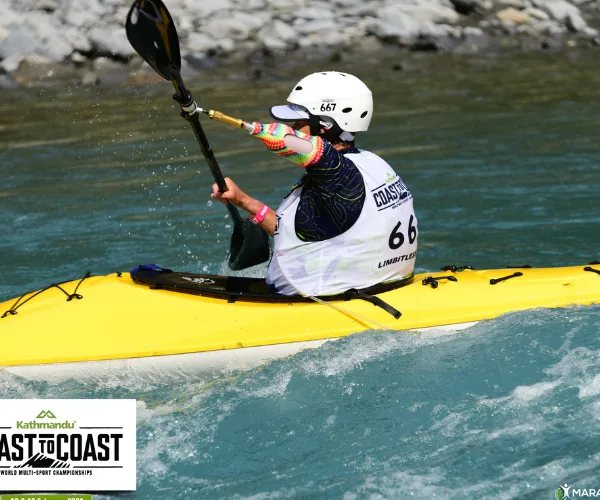
Kayaking with Stumpy was painful but I still did it.
(Image: Supplied)Some days, I ran for 30km then kayaked for two to three hours. Kayaking with Stumpy was very painful, but I tried not to let it get to me.
At the start of the two-day event, I was raring to go.
I had no idea if I was going to finish it, but I was going to give it my best shot.
“I love you,” Owen said. “Be safe.”
The run was difficult as we had to cross an alpine pass and there were massive boulders to climb over. It was hard to do with only one arm, but I managed.
After kayaking for five hours, my legs felt like jelly.
“Don’t give in, it comes from within,” I told myself, meaning from the heart.
It was my mantra.
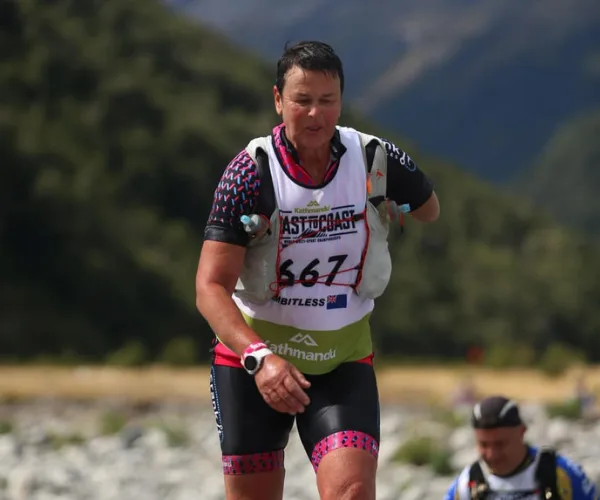
Me during the mountain run section of Coast to Coast.
(Image: Supplied)Finally, grabbing my bike and helmet, I headed for the finish line.
At the last few kilometres, I heard loud cheering. So many people had come to support me.
“I’m proud of you,” Owen said.
I was proud too, and happy that I had pushed through.
Next year, I’d like to do Coast to Coast solo.
People are surprised when I say I wouldn’t turn back the clock; the three years since having my arm amputated have been the best of my life.
Life is short, and things can change in a heartbeat.
My saying to myself is, “Just because you’ve only got half a wing, Shaz, doesn’t mean you can’t fly.”
When I die, I want people to say, “Yep, she gave it her all.” I reckon so far I’m definitely doing that.

